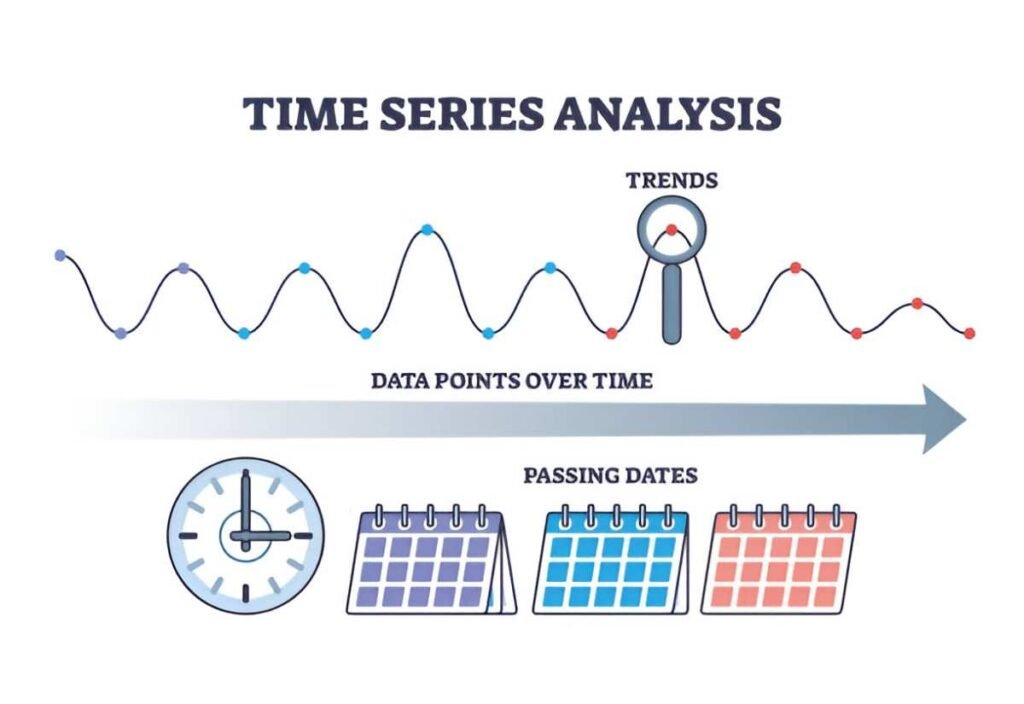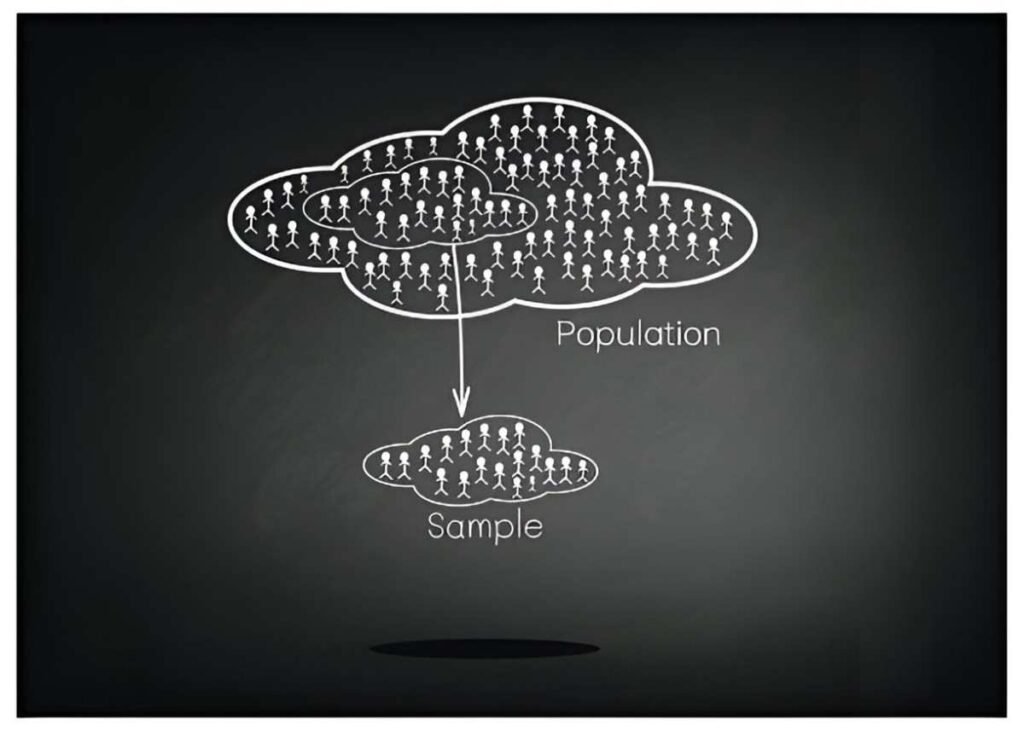Sensitivity analysis is a powerful tool in finance and accounting that helps us understand how changes in key variables impact outcomes. Whether I’m evaluating an investment, preparing a budget, or assessing risk, sensitivity analysis provides clarity and confidence in decision-making. In this guide, I’ll walk you through the fundamentals of sensitivity analysis, its applications, and how to perform it effectively. By the end, you’ll have a solid grasp of this essential technique and how to apply it in real-world scenarios.
Table of Contents
What Is Sensitivity Analysis?
Sensitivity analysis is a method used to predict the outcome of a decision when certain variables change. It answers questions like, “What happens to my net profit if sales drop by 10%?” or “How does a rise in interest rates affect my loan repayments?” By testing different scenarios, I can identify which variables have the most significant impact on my results and prepare for potential risks.
In finance, sensitivity analysis is often used in capital budgeting, financial modeling, and risk management. For example, when evaluating a new project, I might analyze how changes in sales volume, production costs, or interest rates affect the project’s net present value (NPV). This helps me understand the project’s robustness and make informed decisions.
Why Is Sensitivity Analysis Important?
Sensitivity analysis is crucial because it provides insights into the uncertainty and variability of financial models. In a world where economic conditions, market trends, and business environments are constantly changing, I need tools to assess how these changes impact my financial plans.
For instance, consider a small business owner planning to expand operations. By performing sensitivity analysis, I can determine how sensitive my cash flow is to changes in customer demand, supplier costs, or loan interest rates. This allows me to create contingency plans and mitigate risks.
Moreover, sensitivity analysis enhances transparency and credibility in financial reporting. When presenting a financial model to stakeholders, I can demonstrate how different assumptions affect the results, making my analysis more robust and trustworthy.
Types of Sensitivity Analysis
There are two main types of sensitivity analysis: one-way sensitivity analysis and multi-way sensitivity analysis.
One-Way Sensitivity Analysis
In one-way sensitivity analysis, I change one variable at a time while keeping all other variables constant. This helps me understand the individual impact of each variable on the outcome.
For example, suppose I’m analyzing the profitability of a product. I might vary the selling price while keeping production costs and sales volume constant. The formula for calculating profit is:
If the selling price is $50, production cost is $30, and sales volume is 1,000 units, the profit is:
Profit = (50 \times 1,000) - (30 \times 1,000) = 50,000 - 30,000 = 20,000Now, if I increase the selling price to $55, the profit becomes:
Profit = (55 \times 1,000) - (30 \times 1,000) = 55,000 - 30,000 = 25,000This shows that a $5 increase in selling price leads to a $5,000 increase in profit.
Multi-Way Sensitivity Analysis
Multi-way sensitivity analysis involves changing two or more variables simultaneously. This approach provides a more comprehensive understanding of how different factors interact and affect the outcome.
For example, I might analyze how changes in both selling price and production costs impact profit. Using the same formula, if I increase the selling price to $55 and reduce production costs to $28, the profit becomes:
Profit = (55 \times 1,000) - (28 \times 1,000) = 55,000 - 28,000 = 27,000This shows that a $5 increase in selling price and a $2 reduction in production costs lead to a $7,000 increase in profit.
Steps to Perform Sensitivity Analysis
Performing sensitivity analysis involves several steps. Let’s break them down:
Step 1: Define the Objective
The first step is to clearly define the objective of the analysis. What question am I trying to answer? For example, I might want to determine how changes in interest rates affect my mortgage payments.
Step 2: Identify Key Variables
Next, I identify the key variables that influence the outcome. In the mortgage example, the key variables might include the loan amount, interest rate, and loan term.
Step 3: Determine the Range of Values
I then determine the range of values for each variable. For instance, I might test interest rates ranging from 3% to 6%.
Step 4: Build the Financial Model
Using a spreadsheet or financial software, I build a model that calculates the outcome based on the input variables. For the mortgage example, the formula for calculating monthly payments is:
Monthly\ Payment = \frac{P \times r \times (1 + r)^n}{(1 + r)^n - 1}Where:
- P is the loan amount
- r is the monthly interest rate
- n is the number of payments
Step 5: Analyze the Results
Finally, I analyze the results to understand how changes in the variables affect the outcome. I might create a table or graph to visualize the relationship between the variables and the outcome.
Practical Example: Sensitivity Analysis in Capital Budgeting
Let’s apply sensitivity analysis to a capital budgeting decision. Suppose I’m evaluating a project with the following assumptions:
- Initial investment: $100,000
- Annual cash inflows: $30,000
- Project life: 5 years
- Discount rate: 10%
The NPV of the project is calculated as:
NPV = \sum_{t=1}^{5} \frac{Cash\ Inflow_t}{(1 + r)^t} - Initial\ InvestmentPlugging in the numbers:
NPV = \frac{30,000}{(1 + 0.10)^1} + \frac{30,000}{(1 + 0.10)^2} + \frac{30,000}{(1 + 0.10)^3} + \frac{30,000}{(1 + 0.10)^4} + \frac{30,000}{(1 + 0.10)^5} - 100,000 NPV = 27,273 + 24,793 + 22,539 + 20,490 + 18,627 - 100,000 = 13,722Now, let’s perform sensitivity analysis by varying the annual cash inflows and discount rate.
| Annual Cash Inflows | Discount Rate | NPV |
|---|---|---|
| $25,000 | 10% | -$6,278 |
| $30,000 | 10% | $13,722 |
| $35,000 | 10% | $33,722 |
| $30,000 | 8% | $19,722 |
| $30,000 | 12% | $8,722 |
This table shows how changes in cash inflows and discount rates affect the NPV. For example, if cash inflows drop to $25,000, the NPV becomes negative, indicating the project is no longer viable.
Sensitivity Analysis vs. Scenario Analysis
While sensitivity analysis focuses on changing one or two variables at a time, scenario analysis examines the impact of multiple variables changing simultaneously under different scenarios. For example, I might analyze a “best-case” scenario with high sales and low costs, a “worst-case” scenario with low sales and high costs, and a “base-case” scenario with moderate assumptions.
Both techniques are valuable, but sensitivity analysis is simpler and more focused, making it ideal for identifying key drivers of outcomes.
Limitations of Sensitivity Analysis
While sensitivity analysis is a powerful tool, it has limitations. It assumes that variables change independently, which may not always be the case in real-world scenarios. For example, changes in interest rates might affect both sales and production costs.
Additionally, sensitivity analysis does not provide probabilities for different outcomes. To address this, I might combine sensitivity analysis with probabilistic techniques like Monte Carlo simulation.
Conclusion
Sensitivity analysis is an essential tool for anyone involved in finance and accounting. By understanding how changes in key variables impact outcomes, I can make better decisions, manage risks, and improve the robustness of my financial models. Whether I’m evaluating an investment, preparing a budget, or assessing risk, sensitivity analysis provides valuable insights that enhance my confidence and credibility.





